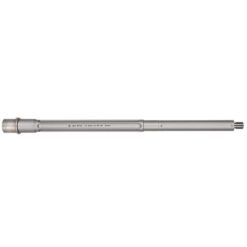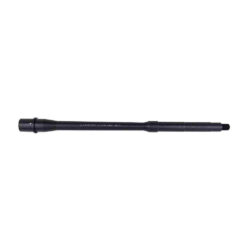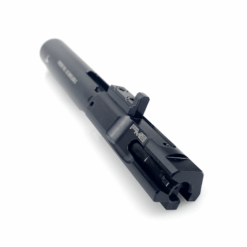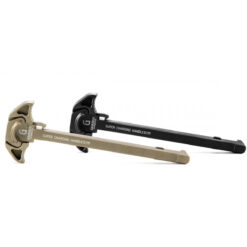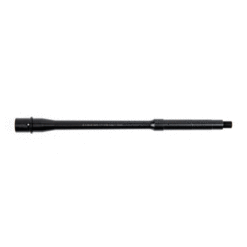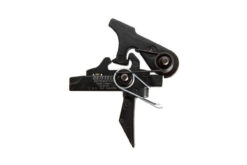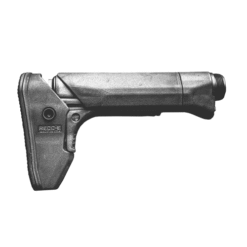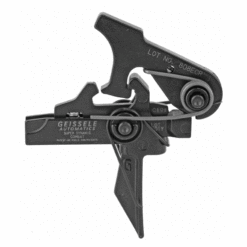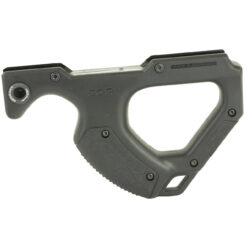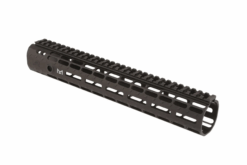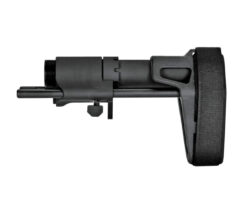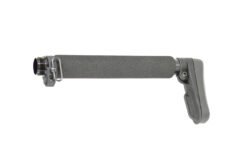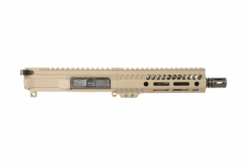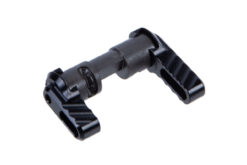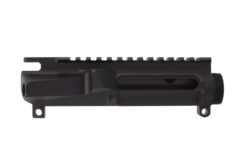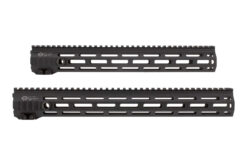On-Sale
Save 50%
MSRP: $39.95
Original price was: $24.95.$19.95Current price is: $19.95.
On-Sale
Save 16%
MSRP: $179.00
Original price was: $179.00.$149.95Current price is: $149.95.
On-Sale
Save 16%
MSRP: $179.00
Original price was: $179.00.$149.95Current price is: $149.95.
On-Sale
Save 2 – 17%
MSRP: $60.00
Price range: $49.95 through $58.95
On-Sale
Save 41%
MSRP: $119.00
Original price was: $109.00.$69.95Current price is: $69.95.
On-Sale
Price range: $79.95 through $105.00
On-Sale
Save 16 – 31%
MSRP: $17.70 – $18.70
Price range: $12.95 through $14.95
On-Sale
Save 29%
MSRP: $240.00
Original price was: $240.00.$169.95Current price is: $169.95.
On-Sale
Save 31%
MSRP: $159.95
Original price was: $149.95.$109.95Current price is: $109.95.
On-Sale
Original price was: $245.00.$159.95Current price is: $159.95.
On-Sale
Save 23%
MSRP: $39.00
Original price was: $39.00.$29.95Current price is: $29.95.
On-Sale
New
Save 25%
MSRP: $159.99
Original price was: $129.95.$119.95Current price is: $119.95.
On-Sale
Original price was: $245.00.$139.95Current price is: $139.95.
On-Sale
Save 33%
MSRP: $299.99
Original price was: $239.99.$199.95Current price is: $199.95.
On-Sale
Save 19%
MSRP: $134.99
Original price was: $129.95.$109.95Current price is: $109.95.
On-Sale
New
Save 50%
MSRP: $399.99
Original price was: $349.95.$199.95Current price is: $199.95.
On-Sale
Save 10 – 24%
MSRP: $21.00
Price range: $15.95 through $18.95
On-Sale
Battle Arms BAD-ASS-LITE Lightweight Ambidextrous Safety Selector Reversible 90/60
Battle Arms Development
Save 23%
MSRP: $65.00
Original price was: $59.95.$49.95Current price is: $49.95.
On-Sale
Save 19%
MSRP: $209.00
Original price was: $198.00.$169.95Current price is: $169.95.
On-Sale
Save 5 – 19%
MSRP: $199.00 – $209.00
Price range: $169.95 through $189.95


